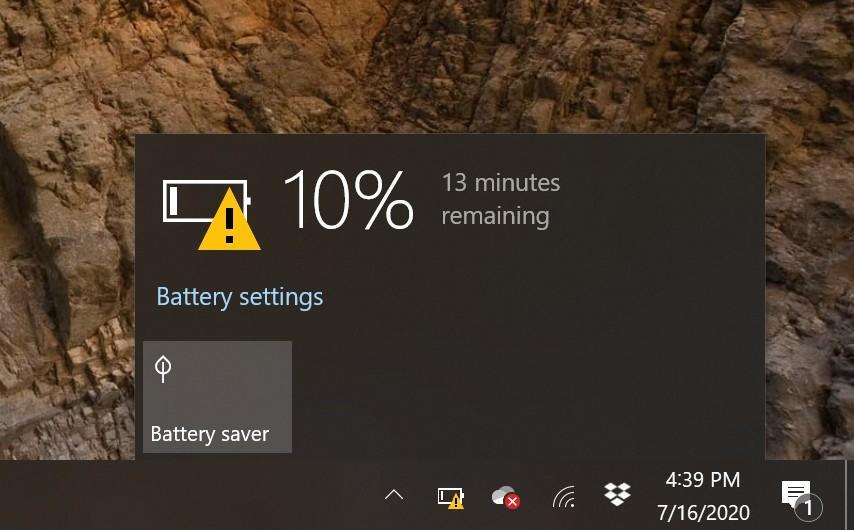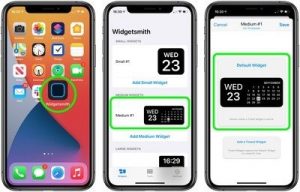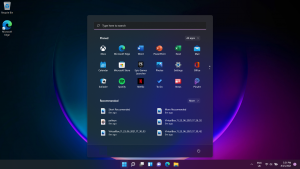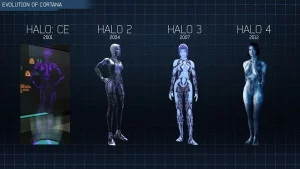
When the battery power is low, Windows sends you a series of alerts. The taskbar’s battery notification icon changes, and pop-up warnings ultimately emerge. The goal is to frighten you: Alternatively, you might charge the battery, save your work, and shut down — or you could pray.
The good news is that the alerts are under your control. You have control over when they arrive and what actions they take. Low Battery and Critical Battery are the two warning levels. To configure each level and determine which actions are executed, follow these steps:
Go to the Control Panel and click on it.
Select Control Panel from the super secret menu by pressing the Win+X keyboard shortcut.
Select your sound and hardware.
Choose from a variety of power options.
The laptop’s power plans are visible. The battery warning levels are customized for each plan.
Change Plan Settings is located next to the active power plan.
Click the Change Advanced Power Settings option in the Edit Plan Settings window.
After that, the Power Options dialog box appears. It’s the place to be if you’re looking for information on Windows power management.
Locate the item labeled Battery by scrolling down the list.
It’s the last item on the list, as you might imagine.
To see a list of battery notification and action choices, click the plus sign (+) next to Battery.
Each item has two subitems: one for settings on battery power and the other for settings when the laptop is plugged in.
Set the low-battery warnings.
The following are the items you can set in chronological order:
Low-battery warning: Sets a warning for a low battery level before it becomes a critical scenario. The low warning is set to On by default, and it is turned off by default.
Low battery level: Sets the percentage of battery life for the low-battery warning. This number should be high, considerably above the crucial threshold.
Low battery action: Tells the laptop what to do if the battery charge falls below a certain threshold. Sleep, Hibernate, and Shut Down are the other options.
Sets the battery power level (in percent) for the critical battery-level action.
When the laptop’s battery level reaches a crucial level, it will go to sleep, hibernate, or shut off.
To confirm the adjustments, click OK.
Any remaining dialog boxes and windows can be closed.
Setting the alarms is only one aspect of effective power management. Hopefully, you will never receive a low-battery message, and you will never have your laptop hibernation on you (for the critical-level action).
The Battery Saver setting has no effect on the low-battery notifications.
If you have a second battery for your laptop and the low-battery alert sounds or shows, pop it in and keep working!
That low-battery warning is significant. It’s time to put the laptop away! There is no warning; the laptop simply hibernates or goes off, depending on the setting.
When the power goes out, the best thing to do is plug in! This is why you should consider carrying your power cord with you at all times.





